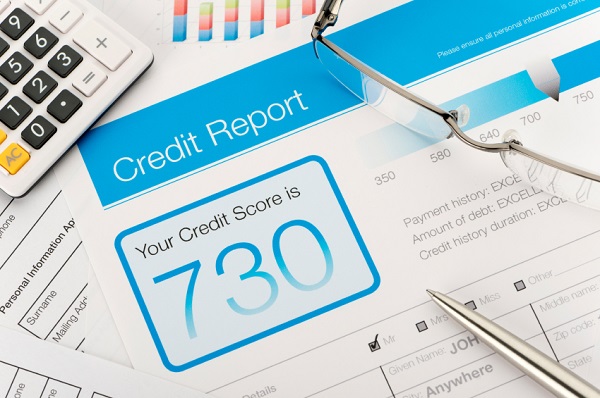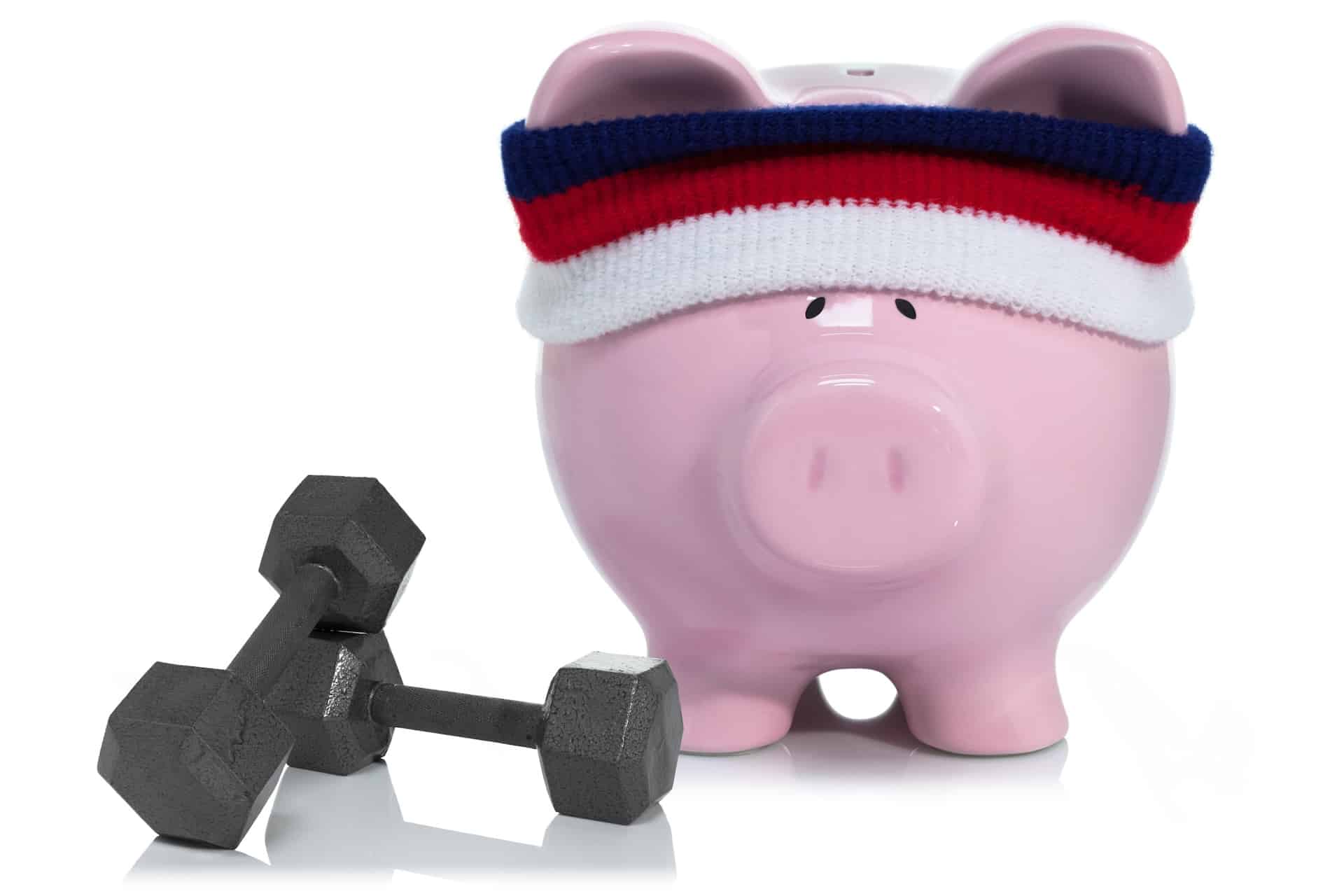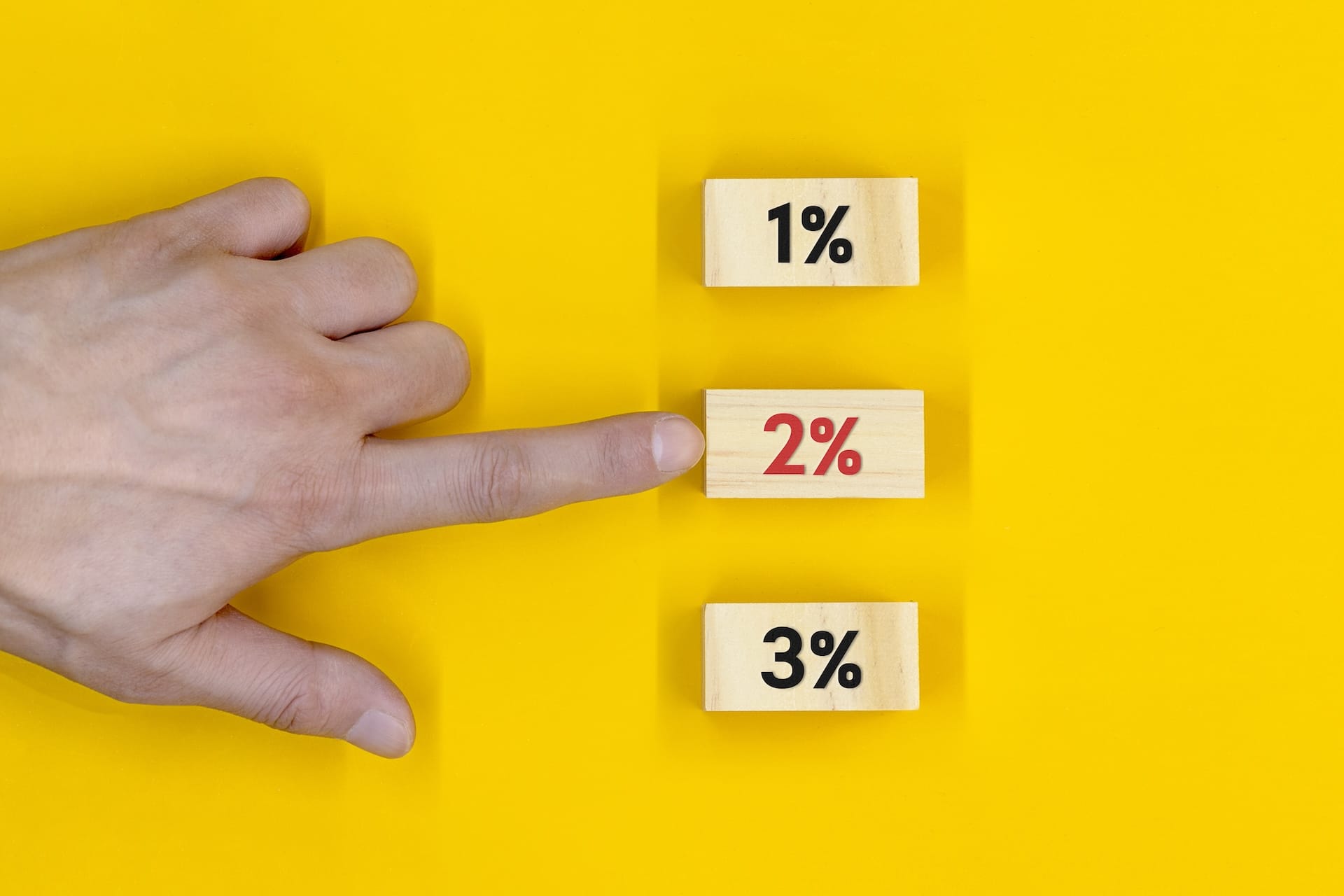How many times have you heard the word FICO thrown around in discussions of personal finance, but not actually known exactly what it meant? You might not even know the difference between FICO vs. FAKO. Hopefully this article can help you gain a better understanding of just how important FICO is to your financial situation.
What does FICO stand for and how is it different from FAKO?
FICO is the name of the biggest credit scoring software company in the United States. in 1956 the company was originally penned the Fair Isaac Company after its two founders, Bill Fair and Earl Isaac, who created the company to measure consumer credit risk. Eventually the company became known by its abbreviation FICO. They provide lenders across the country with consumer credit scores. Now what about FAKO? Well, FAKO is not a company, but rather a derogatory term used for any credit score that is not generated by FICO. In the past when FICO had a monopoly on the credit scoring business, any credit score that was not made by FICO was deemed to be fake; hence, FAKO. However, nowadays the debate is all but null and void as there are other credit scoring competitors on the market providing lenders with credit scores therefore legitimizing their business and the scores they produce. As for the lesser debate of FICO score vs. credit score, they are one and the same.
How can I get my free FICO credit report?
The terms credit report and credit score have unfortunately become synonymized in the layman’s financial sphere, but there is a clear distinction between the two that must be noted. A credit report is a detailed report of your credit history created by one of the three major credit bureaus (Equifax, Experian, and TransUnion) thanks to the consumer information lenders provide to them. A credit score is a three digit number, ranging anywhere from 300-900, that is generated based on your credit report.
As explained above, FICO does provide credit scores. However, they do not provide credit reports. They merely use the credit reports from all three credit bureaus in order to create their scores. While you cannot get your FICO credit report for free, because it does not exist, you can get one free credit report from each of the top three credit bureaus once a year. Moreover, you cannot get a free credit report with FICO score, but the company does offer paid options. If you would like to get your free credit score, you can look into companies such as Credit Sesame that offer you a free credit score based on your TransUnion credit report. But as for now, there is no such thing as a free FICO credit score.
What is a FICO credit score?
A FICO credit score, much like any other credit score, measures your creditworthiness. According to FICO definition, “by comparing [the information presented in consumer credit reports] to the patterns in hundreds of thousands of past credit reports, FICO Scores estimate your level of future credit risk”. These scores are thereby calculated using “predictive analytics” and are mainly used by lenders to assess the risk you pose when asking to borrow money. In order to apply for and get approved for a new line of credit, a lender will pull your credit score to make sure that you qualify. The better your score, the better your options will be. These options include interest rates, annual fees, and down payments to name just a few.
How is FICO score calculated differently from other credit scoring companies?
As there are different credit scoring companies on the market today, it only makes sense that they use different methods to calculate the scores they produce. Let’s take a look at FICO and it’s main competitor: VantageScore by Experian. Both companies did offer a percentage breakdown of the different factors that go into calculating their credit scores, but since the introduction of VantageScore 3.0, Experian has removed the percentages from public knowledge. Fortunately, even as FICO updates its models, they have remained transparent with their scoring models. See the FICO credit score chart below to check out how your new FICO score is calculated.
It is important to note that FICO stresses the 5 categories listed above will hold different levels of importance to different consumers and that the importance of any one factor in the calculation of your credit score depends on the total information provided in your credit report.
VantageScore still provides the public with the factor categories from which it generates credit scores. See the following list:
– Payment History
– Age & type of credit
– Percent of credit limit used
– Total balances/debt
– Recent credit behavior
– Available credit
Is an average FICO score the same as an average VantageScore?
It is hard to say just how parallel FICO scores and VantageScores are, but judging by the fact that lenders can freely choose between the two scoring companies, the scores they each provide must be very similar. One way to check this is to look at the scoring ranges each company works within. The base FICO score model provides a credit score within the range of 300-850 and the industry-specific FICO score model a range from 250-900. The newest model of the VantageScore provides a credit score within the range of 300-850. In both cases, the higher the score, the better. As you can see, both basic ranges are the same, and the industry-specific FICO score range is not too far off. It makes sense if you think about it in terms of competition. It is easier for the two companies to compete against each other if they have a similar range within which they work, because then the public can understand each score based on the same scale. If the companies had different ranges, then it would be much like the confusion of trying to understand temperature in Celsius if you only know the scale for Fahrenheit – even though they both measure the same thing!
What is the FICO score simulator and what does it do?
FICO has created a user friendly tool called the FICO Scores Estimator which enables consumers to get a free estimated FICO score range and personalized product recommendations. All you have to do is answer 10 simple questions. While it is not a free FICO score, it is still helpful if you would like to get an idea for where you stand financially. Moreover, credit scores can vary up to 50 points depending on which credit bureau your credit report is pulled from, so having a range to work off of is not a bad idea. The best part, it’s the closest you’ll get to a free FICO score without credit card.
What is the best FICO score range to be in?
As stated above, your base FICO score can fall anywhere between 300 and 850. But it can be hard to figure out what exactly that three digit number means once you get it. Is it good? Is it bad? Can you afford a good mortgage with it? Let’s take a look at the following chart to get a sense of where you stand with your credit score.
Taking in the above FICO score distribution, with the knowledge that the higher your credit score the better it is, it is obvious that the best FICO credit score range to sit in is “excellent” at 750 or above. This will get you the best credit options available. However, being within the “good” range of 700-749 can still get you competitive rates on credit.
What is the highest FICO score I need to get the best credit options?
As long as you have a FICO score within a certain range, it does not matter what the actual score is. For example, within the “excellent range” a score of 775 is not going to get you any more benefits than a score of 755 will. But don’t let this fool you – it is always important to strive for the best FICO score possible for two reasons. One, if you have less than “excellent” credit, there is always room for improvement. Even crossing the line from “fair” to “good” credit can save you up to 1% on interest rates. Two, it is hard to expect the unexpected, especially when it comes to your finances. So be prepared and create a nice cushion for yourself. If you do have a credit emergency and lose 30 points off your score, you’d rather have started with a score of 790 than a score of 770.
How do you get a good FICO score after debt?
If that credit emergency does hit, and you lost enough points to knock you down a range or two, it is still possible to make a credit come back. Step one, be patient. Take the concept of trust for example: it takes two seconds to lose it, but it can take 2 years to gain it back. This is exactly what happens when your credit score takes a nosedive; lenders lose trust in you due to some financial irresponsibility they see on your behalf. It will take time to gain back their trust. Step two, look at your options. If you think there is a mistake, obtain copies of your credit reports or free credit report summary and check over them for inaccuracies. It is not all that uncommon for mistakes to be found, even mistakes that have cost consumers double digits in points. If there is a mistake, you can file a dispute with the credit bureau and your lender. Step three, make some moves. If you did in fact miss some payments, or were unable to pay off your credit in full and have racked up some debt, it is time to tackle the issue. Speak to a financial advisor, do some research, utilize tools and resources available to you in order to get a good feel for your financial status so you can formulate a game plan. Begin by rectifying any late payments and then move on to eliminating your overall debt. It is definitely easier said than done, but even just paying slightly more than the required monthly minimum on your debt payments can both increase your credit score while decreasing your debt.
If you have any further questions about the FICO score or what the company is all about, be sure to check out their website, My FICO. Along with expert advice and detailed explanations of FICO products and how they are used, they have created My FICO Forums which is a place for registered users to ask questions and bounce ideas off of each other on the topics of personal finance. I urge you to utilize this resource because the more you know, the better prepared you are to take charge of your finances.




















